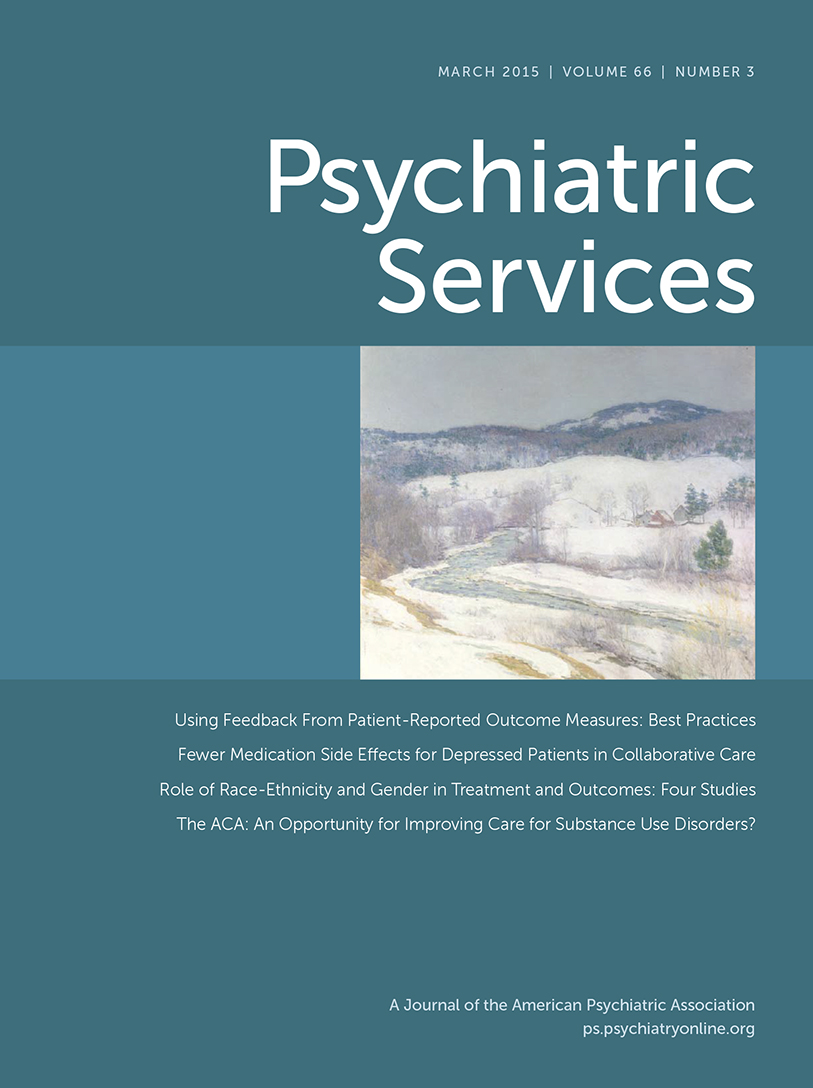Why Is There a Link Between Smoking and Suicide?
To the Editor: The association between smoking and suicide is controversial, because it is unclear whether smoking influences suicide through a biological effect of smoking itself or whether there is a form of reverse causation whereby depression both makes quitting smoking more difficult and increases suicide risk. In the February issue, Balbuena and Tempier (1) reported a case-control study in which suicide decedents were compared with a control group of persons who died from accidents or homicide. This is a powerful approach that may reduce confounding (by factors related to both suicide and to mortality from accidents or homicide). The influence of proxy reporting of behaviors should be similar for both the case and the control groups.
However, it has previously been shown that smoking is related in a similar way to the risk of homicide and to the risk of suicide (2), an observation that casts doubt on a biological effect of smoking on suicide itself. Balbuena and Tempier did not report the data in such a way that the differences in smoking between the homicide and accident decedents can be easily seen. In Table 1, it is stated that the zero category for duration of smoking abstinence denotes current smokers. However, it clearly does not do so from the numbers presented, and thus it is not possible to analyze the “ever smoker” versus “never smoker” associations. Furthermore, the age differences between the homicide and accident decedents could obscure findings. However, the presented data suggest that homicide decedents were more likely to be smokers than accident decedents. It would be useful if Balbuena and Tempier would report these analyses in an unambiguous way.
In their discussion, Balbuena and Tempier refer to an improvement of mood with abstinence from smoking and a difference in depression levels between successful quitters and those who are unsuccessful, and the authors suggest that this supports a causal interpretation. However, the evidence is not convincing in this regard. Application of the principle of Mendelian randomization (3) to studies has failed to provide evidence that smoking causes depression (4,5). It would be curious if smoking cessation led to a genuine reduction in depression levels unless smoking had itself contributed to increased depression levels. Given a lack of evidence for the latter, we are therefore left with the more parsimonious explanation that the relationship between smoking cessation and reduction in depression levels is the result of reverse causation. Together with confounding this could account for the smoking and suicide link, as previously discussed (2).
1 : Independent association of chronic smoking and abstinence with suicide. Psychiatric Services 66:186–192, 2015Link, Google Scholar
2 : Smoking as “independent” risk factor for suicide: illustration of an artifact from observational epidemiology? Lancet 340:709–712, 1992Crossref, Medline, Google Scholar
3 : “Mendelian randomization”: can genetic epidemiology contribute to understanding environmental determinants of disease? International Journal of Epidemiology 32:1–22, 2003Crossref, Medline, Google Scholar
4 : Investigating the possible causal association of smoking with depression and anxiety using Mendelian randomization meta-analysis: the CARTA consortium. British Medical Journal, 2014 (doi 10.1136/bmjopen-2014-006141)Google Scholar
5 : The causal role of smoking in anxiety and depression: a Mendelian randomization analysis of the HUNT study. Psychological Medicine 43:711–719, 2013Crossref, Medline, Google Scholar



